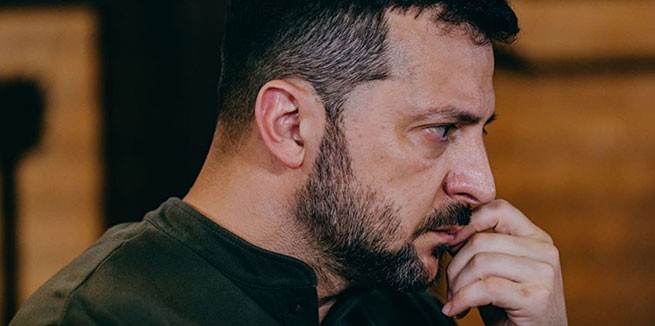PTSD (post-traumatic stress disorder) is increasingly being diagnosed around the world. It is based on memories of a traumatic event that the brain cannot control.
As revealed in a new study by a team of specialists from Yale University and the Icahn School of Medicine at Mount Sinai (USA), the human brain processes traumatic memories as present experiences. And it happens tells The New York Times, in a completely different way than, for example, processing just sad memories. Research article published in the journal Nature Neuroscience.
Scientists tracked the brain activity of 28 people diagnosed with PTSD as they listened to audio recordings of their memories. The memories were of three types: traumatic, causing PTSD; sad, but non-traumatic and neutral. Brain scans revealed clear differences between the perception of simply sad and traumatic memories.
Sad memoriesfor example, about the death of a loved one, significantly activated the hippocampus – a region of the brain that plays an important role in the formation and storage of everyday memories along with their emotional aspects.
Traumatic memoriesrelated to fires, terrorist attacks, sexual violence, school shootings and similar events, did not cause hippocampal activity, he was not involved. One of the study’s authors, neuroscientist Daniel Schiller at the Icahn School of Medicine at Mount Sinai, explains:
“This tells us that the brain is in a different state in these two memories.”
The study found that traumatic memories involve another part of the brain, the posterior cingulate cortex, which is typically responsible for internally directed thinking – daydreaming or introspection, for example. This part of the brain is not called the memory area, but the area involved in “processing internal experience.” Moreover, the more severe the PTSD symptoms, the more activity the posterior cingulate cortex showed. Schiller says:
“The PTSD brain doesn’t look like it’s in a memory state, it looks like it’s in a present experience state.”
The neuroscientist noted that PTSD therapy often aims to help people organize their memories so that they can view them as distant from the present. Dr. Ilan Harpaz-Rotem, one of the authors of the paper, notes that traumatic memories are not experienced by the brain like normal memories. This finding suggests that In people with PTSD, the brain processes traumatic events not as memories, but as present experiences. Harpaz-Rotem says:
“These findings suggest that retrieval of memories is a critical element of treatment. You help the patient build a memory that can be anchored in the hippocampus. Ideally, treatments like these can help transform traumatic memories into more reminiscent of normal sad memories. If I can access a memory, I know it’s a memory. I know it’s not happening to me now.”
Dr. Ruth Lanius, director of PTSD research at the University of Western Ontario, called the scientists’ findings “fundamental.” She explains:
“A soldier may run and take cover when he hears fireworks. Traumatic memories are not forgotten, they are re-experienced.”
Lanius believes doctors can use these findings to treat patients who “don’t feel like the trauma has gone away” by using therapy that “re-contextualizes the person so that the person is aware that it happened in the past.”
If scientists can find biological markers to diagnose PTSD, it would be a “major scientific breakthrough,” said Brian Marks, deputy director of the National PTSD Center’s Division of Behavioral Sciences. He called the new study “intriguing” but not conclusive, noting that it did not include a comparison group of subjects without a PTSD diagnosis, did not specify how long ago the traumatic events occurred and did not indicate whether the subjects received psychotherapy.







More Stories
What to do if attacked by a dog (video)
Greece – a paradise for gourmets
Message from AEK and PAOK fans in defense of Esphigmenou Monastery